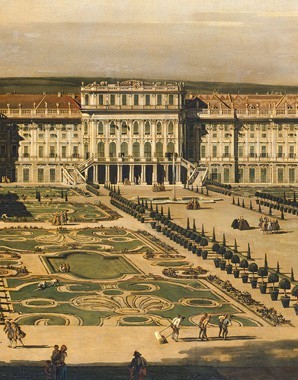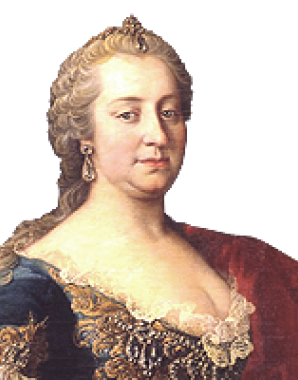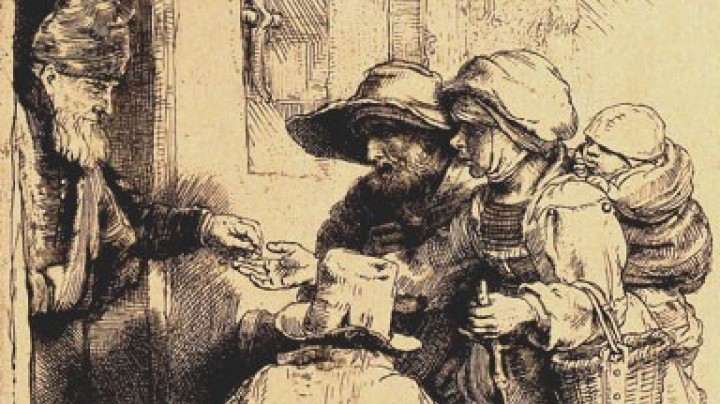The allure of the exotic – Habsburgs and the fashion for all things Chinese
After the Spanish line of the Habsburgs died out, the lands ruled over by the Austrian Habsburgs were essentially landlocked; despite several attempts, Austria never became a colonial power. Nonetheless, the Viennese Court succumbed to the allure of the foreign, surrounding itself with exotic luxury products.
After the age of discovery and the first trade contacts in the sixteenth and seventeenth centuries it was Britain and French who emerged as the leading global players. In the eighteenth century the world underwent a wave of globalization; colonial expansion initiated the growth of economic and political links between the continents.
Vienna had no part to play in the concert of the great naval powers. Nonetheless, enthusiasm for exotic materials, foodstuffs and stimulants also took hold of Central Europe. Sugar (from sugarcane; beet sugar was as yet unknown), tobacco, tea and cocoa were expensive luxury items, at first available only to the nobility. The Viennese Court was also in thrall to this fashion. Franz Stephan of Lorraine was an enthusiastic devotee of Chocolade, which was taken as a drink at that time. The followers of fashion naturally drank their chocolate in style from a porcelain cup. Far Eastern porcelain together with lacquer furniture and silk wall-hangings were the epitome of luxury. During Maria Theresa’s reign in particular these exotic decorative objects became popular at the Viennese Court. However, they were referred to collectively as Indianisch, without differentiation as to provenance.
At Schönbrunn Palace a number of showcase creations such as the Millions Room or the two Chinese Cabinets, one on each side of the central Small Gallery, have been preserved. They demonstrate a typical feature of the way Europe assimilated these exotic objects. They were understood as consumer goods, and a thorough-going industry sprang up, with a whole range of items being adapted to European taste by being cut up or dismantled and combined with European imitations, either in the Far East or in European workshops.
How non-European civilizations were seen through Habsburg eyes is demonstrated by the series of more than two hundred pen-and-ink drawings executed by members of the imperial family after models by the French painter François Boucher and set into the walls of the Porcelain Room, Maria Theresa’s private cabinet. These pseudo-Chinese genre scenes show a land of fantastic figures and exotic scenery, a faery kingdom on the other side of the world.



















